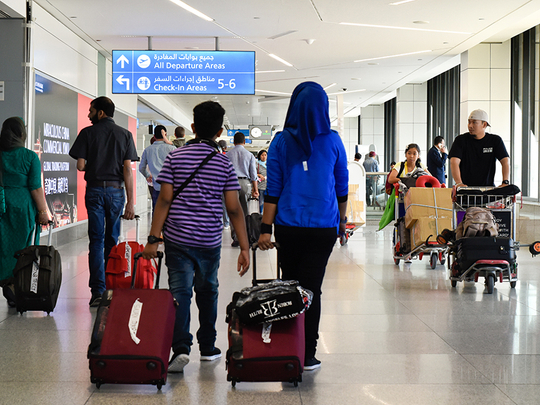
Dubai: Demand for air passenger travel among Middle East airlines rose 10.3 per cent in August, latest figures from the International Air Transport Association (IATA) show.
The Middle East region recorded the strongest growth globally, according to IATA’s August global passenger traffic data released on Thursday. Worldwide growth averaged out at 4.6 per cent.
However, a 13.7 per cent increase in passenger capacity at Middle East airlines drove the load factor — or percentage of seats filled — down 2.5 percentage points to 81.2 per cent. Global capacity rose 5.8 per cent, whilst load factor dropped 0.9 percentage points to 83.8 per cent.
A spate of terror attacks in Europe over the past year continues to soften demand for air travel, however, its “impact is ebbing,” IATA director general and chief executive Alexandre de Juniac said in a statement.
Demand among European airlines rose 3.3 per cent year-on-year and capacity increased 5.1 per cent. Load factor fell 1.6 percentage points to 86.6 per cent, which was the largest percentage of seats filled out of all regions.
On Wednesday, IATA said that the Middle East air cargo market in August recorded its slowest rate of growth in seven years. The market expanded 1.8 per cent year-on-year whilst capacity grew at a rate of 6.9 per cent. The Middle East cargo sector has slowed due to weaker growth between the Middle East and Asia and competition from European carriers on the Europe-Asia route, IATA said.
The global air freight market grew 3.9 per cent and capacity grew by 4.1 per cent.









